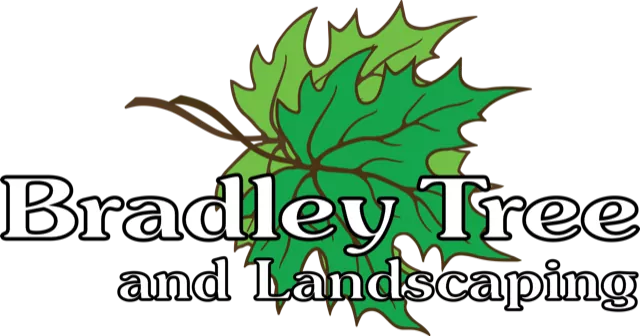Hemlock trees are one of the most prevalent native trees here in Buffalo & Western New York, particularly the Eastern Hemlock. You will need to look out for a few things this spring on your hemlocks, and this blog will break down 3 of the most important things to look out for. The best way to keep a tree healthy is to be proactive and observant.
With the Spring season finally upon us, we want your Hemlock trees to be in top condition this summer, and this blog will give you some helpful information you need to take care of them.
Checking for Signs of Tree Pests
There are many things to look for on your hemlock trees, but 2 things that can affect them long-term are pests & diseases. Some of the most prevalent pests you might see on a Hemlock are Woolly Adelgid and Scale, which we saw a lot of last year.
Hemlock Woolly Adelgid
In recent years, it’s commonly said that Woolly Adelgid is the most damaging thing to the Hemlock tree population, which makes it of the highest importance to this blog. You must take this seriously and be sure to inspect your Hemlocks if they show early or heavy signs of the disease.
The disease is based on an invasive insect that feeds on young twigs near where the needles are attached. Feeding kills new buds and causes foliage to desiccate. Desiccating means removing the moisture from or causing it to become completely dry. It is extremely difficult to control in rural forests, but it can be saved in small batches around someone’s home or business.
If you see something, say something. It’s best to contact us if you notice any suspicious activity on your hemlock trees.
Looking Out for The Hemlock Scale Insect
Monitoring your hemlocks for the Elongate Hemlock Scale insect is vital. Scale is another invasive species that can cause damage similar to the pesky Woolly Adelgid. Tree damage from these insects can include chlorosis (yellow color) of the needles, needle loss, or branches and limbs starting to show death from dieback, which stems from the tip down to the base of the branch.
For More Information and Picture References: Common Hemlock Diseases
Environmental Stressors That Lead to Irreversible Damage
The Spring season brings some harsh weather events that lead to environmental stressors. Environmental stressors can include examples such as extreme temperatures or extreme weather events. Such events include high winds, heavy rainstorms, and lightning, which are the most common.
How Does Weather Affect Trees
In general, extreme weather events can destroy your trees instantly without return. Heavy winds can blow them over, heavy rains will cause flooding and erosion, and lightning strikes can crack them open with one strike. It’s important to observe the trees around your property before and after a storm so you can know any changes or damage to the tree after a storm.
Flooding and erosion can also cause problems. Hemlock trees are essential for providing insects and animals a good habitat to live in, but they are also important for preventing erosion along the streams and other bodies of water where it commonly grows. Say for instance that your ground eroded and flooded, but the tree stayed intact. Your soil becomes unbalanced and not properly placed, and your roots become exposed, and this allows diseases and fungi to take over the tree.
What About Pollution?
Yes, pollution has an obvious negative effect on trees and plant life. Pollution of all kinds (air and physical) is a leading cause for damaged leaves, hindering photosynthesis processes and increasing vulnerability to pests and diseases, as we have touched on already. Garbage and waste pollution is done more in the spring and summer time, and it’s on you to make sure that is cleaned up around your hemlocks.
Root Rot
Root Rot on Hemlock trees can be reversed if properly managed. If an area has poor drainage, this disease can be found in trees suffering from it, but improving the drainage will help to prevent it from growing. If you’re concerned about drainage around your hemlock trees, let us know and we can come and take a look.
Tree Removal and Maintenance from Bradley Tree
To recap, you should be looking for diseases on your hemlocks, and you should also prepare for environmental stressors that will do damage and allow for diseases to sprout. Both have their connections with each other, and you should be prepared for both.
If you notice any of these things within your hemlocks and you need an inspection or referral for maintenance and tree removal, Bradley Tree has you covered. Just know we’ll always do our best to save your tree, but if you do need to remove a tree we help. You can call us, make an appointment with a professional arborist, and we will be there when you need us to make an assessment. Reach out to us today!

